India has many historic buildings, including ancient temples, Rajputana forts, and monuments built by the Mughals, known for their impressive architecture and rich historical background. Check them out.
Qutub Minar, Delhi
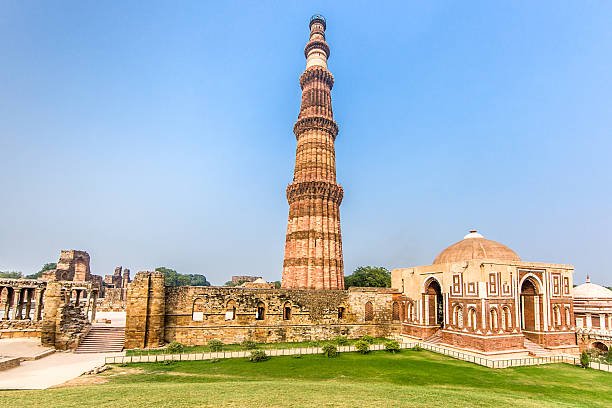
Rising 240 feet into the Delhi sky, the Qutub Minar, crafted from sturdy brick by the 13th-century Delhi Sultanate, holds the title of the world’s tallest brick minaret. Though initially a monument to victory, the Qutub Minar later found a sacred purpose as a mosque, its intricate carvings showcasing the artistry of the Delhi Sultanate. It is a UNESCO World Heritage Site.
Taj Mahal, Agra
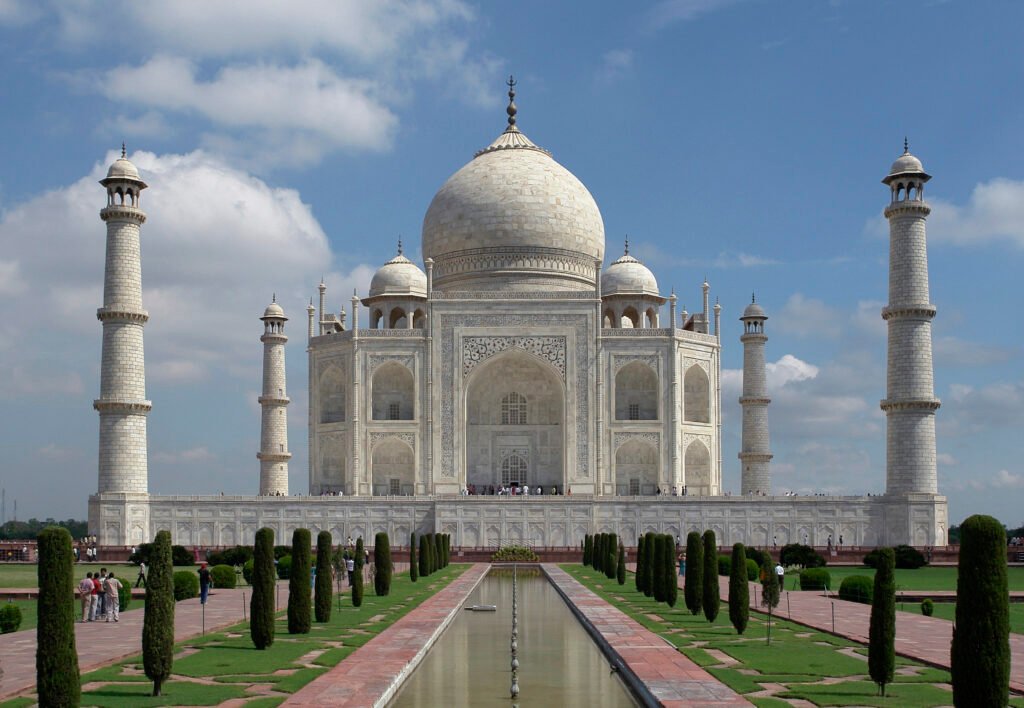
The Taj Mahal is a marble mausoleum in Agra, India, commissioned in 1632 by Shah Jahan in memory of his wife Mumtaz Mahal. A large white marble structure, adorned with a symmetrical design, rises amidst formal gardens embellished with reflecting pools and fountains. A large white marble structure, adorned with a symmetrical design, rises amidst formal gardens embellished with reflecting pools and fountains. The complex is famous for its intricate carvings, pietra dura artwork, and calligraphy. Construction took 22 years and employed over 20,000 workers. It cost 32 million rupees and is a UNESCO World Heritage Site.
Hawa Mahal, Jaipur
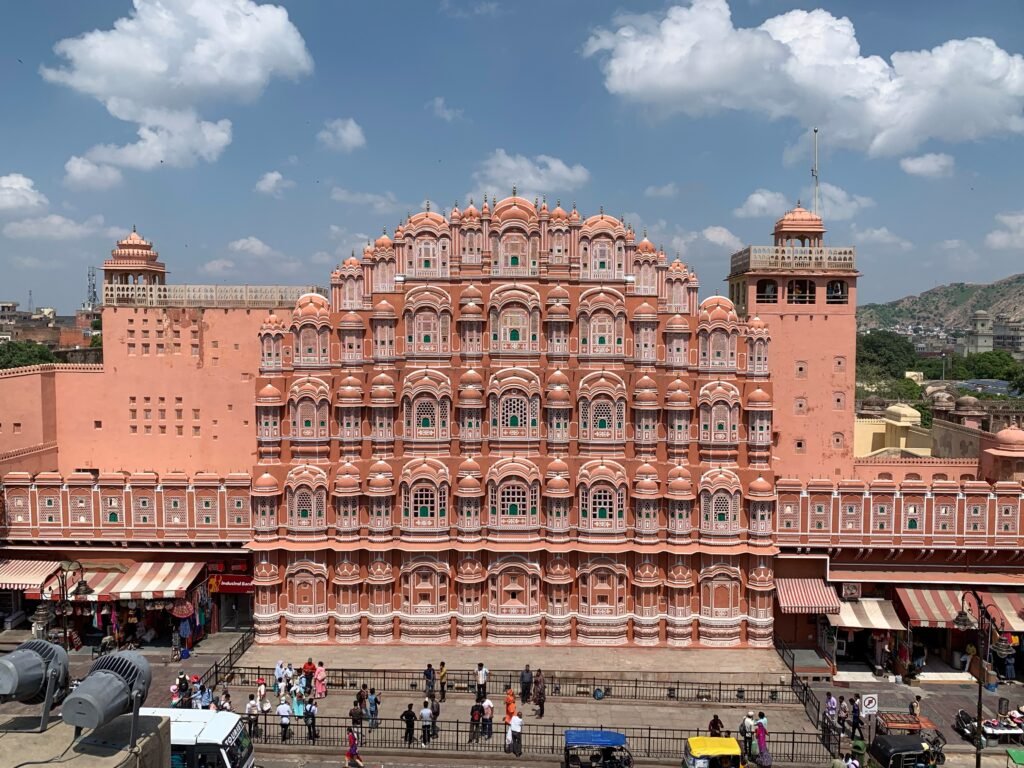
The Hawa Mahal, also known as the Palace of Winds, is a five-story palace in Jaipur, India, built in 1799 by Maharaja Sawai Pratap Singh. It has an intricate facade with 953 small windows designed to allow cool breezes to flow through the palace. The ground floor has arches, while the upper floors are decorated with intricate carvings and jali work. The palace is topped by a domed roof and is a UNESCO World Heritage Site. Royal women used to watch the processions and events without being seen. It is a popular tourist destination and is considered one of the most iconic buildings in the city.
Vittala Temple, Hampi
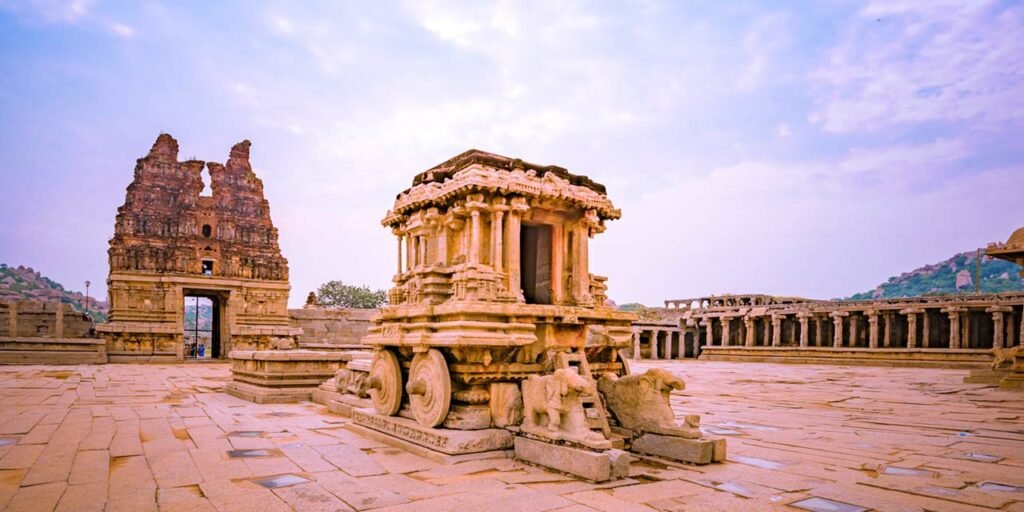
Vittala Temple is a 16th-century temple in Hampi, India, dedicated to Lord Vittala. It is known for its exquisite architecture and intricate craftsmanship, with a unique stone chariot as a symbol of the temple complex. The Ranga Mantapa has musical pillars that produce different notes when tapped, creating a melodic symphony. The Stone Chariot is a stunning stone sculpture resembling a chariot with wheels. The Kalyana Mantapa is the marriage hall adorned with ornate carvings depicting scenes from Hindu mythology. The temple offers a captivating blend of history, art, and spirituality, making it a must-visit destination.
Tawang Monastery, Arunachal Pradesh
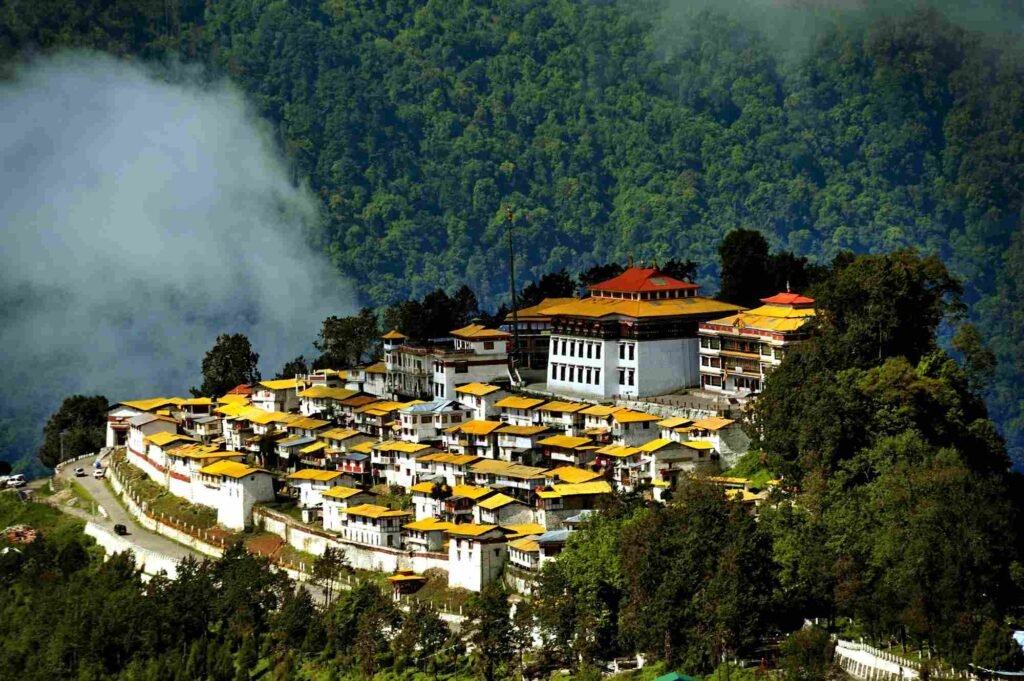
Tawang Monastery is a large Buddhist monastery in Arunachal Pradesh, India, founded in 1681. It has a complex of buildings including temples, assembly halls, and a library, and is home to over 400 Gelugpa monks. The main temple, Dukhang, is a three-story building with a golden roof and a richly decorated interior. It is a center of learning and scholarship with a large library containing thousands of volumes of Buddhist scriptures and commentaries.
Rani Ki Vav, Gujarat
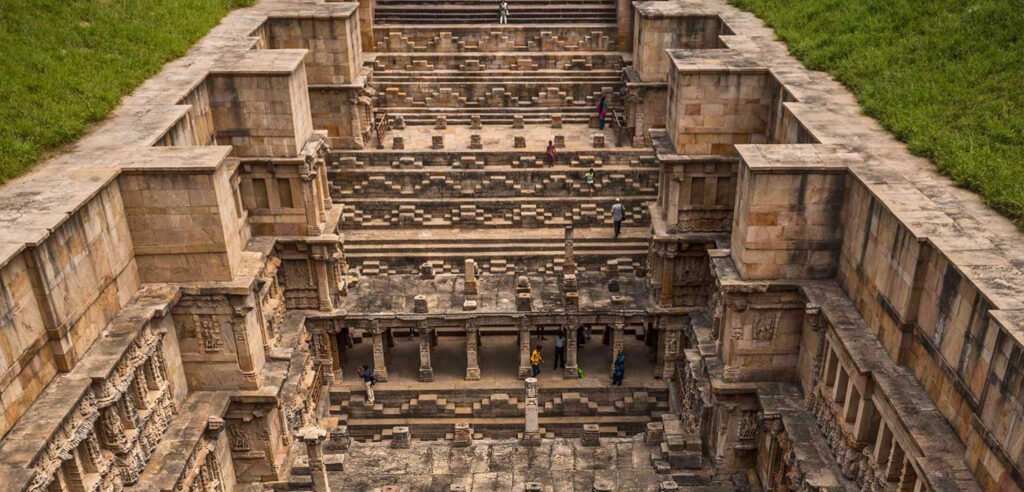
Rani Ki Vav is an 11th-century stepwell in Patan, Gujarat, India, and a UNESCO World Heritage Site. It was built by Queen Udayamati in memory of her husband, King Bhimdev I of the Solanki dynasty. The stepwell is seven-story, with a depth of over 20 meters, and is adorned with intricate carvings and sculptures. The central pillared hall is supported by 16 intricately carved pillars. The Archaeological Survey of India began a major restoration project in the 1980s, which was completed in 2003.
Nalanda University, Bihar
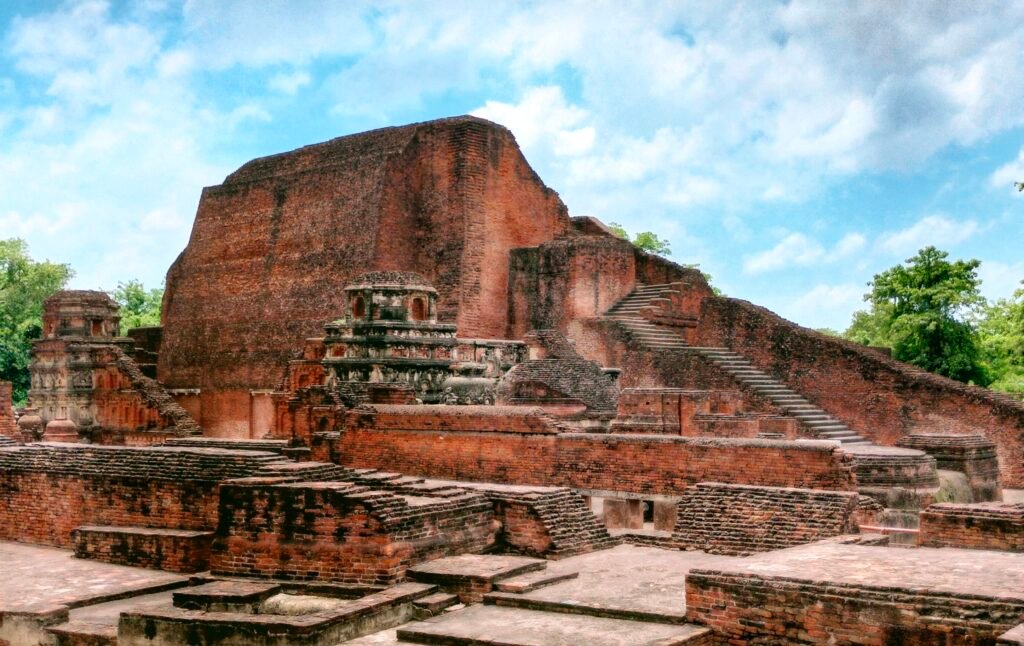
Nalanda University was a large Buddhist monastery-cum-educational institution in Magadha, India, from the 5th century CE to 1200 CE. It was a renowned center of learning and scholarship, offering a wide range of subjects including Buddhist philosophy, logic, grammar, medicine, astronomy, and mathematics. It attracted students and scholars from all over Asia but was destroyed by the invading Turkish army. Its legacy continues to inspire educational institutions around the world. A new university was established in 2010.
Makkah Masjid, Hyderabad
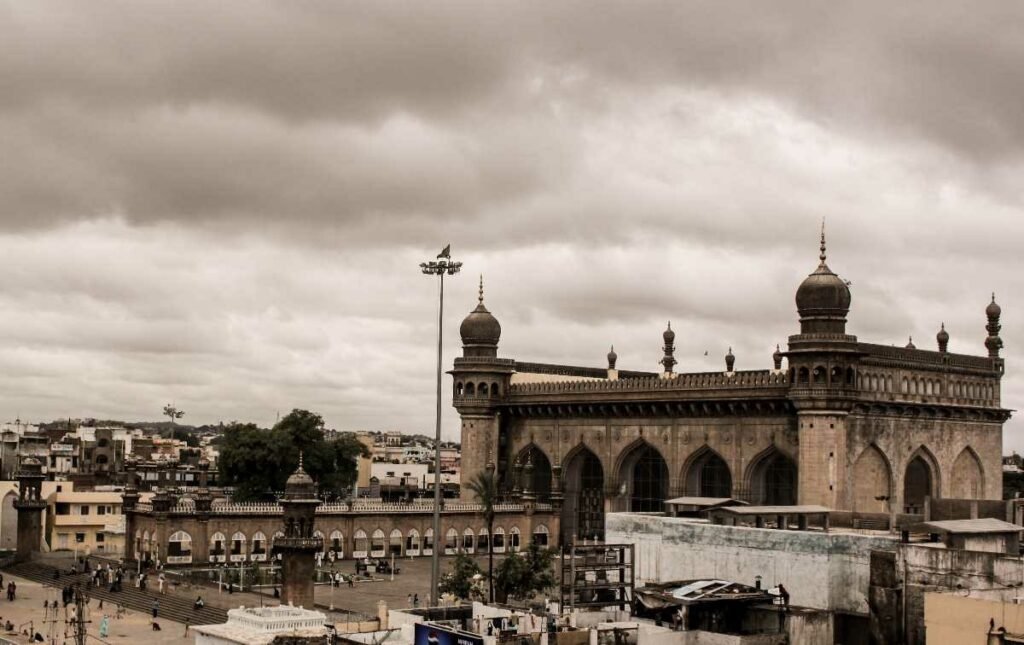
Makkah Masjid is one of the oldest and largest mosques in India, located in Hyderabad. It was built in the 17th century and is constructed of granite and limestone. The mosque has a large courtyard, four minarets, and a central arch made of a single piece of granite. It is a revered pilgrimage site and a popular tourist destination.
